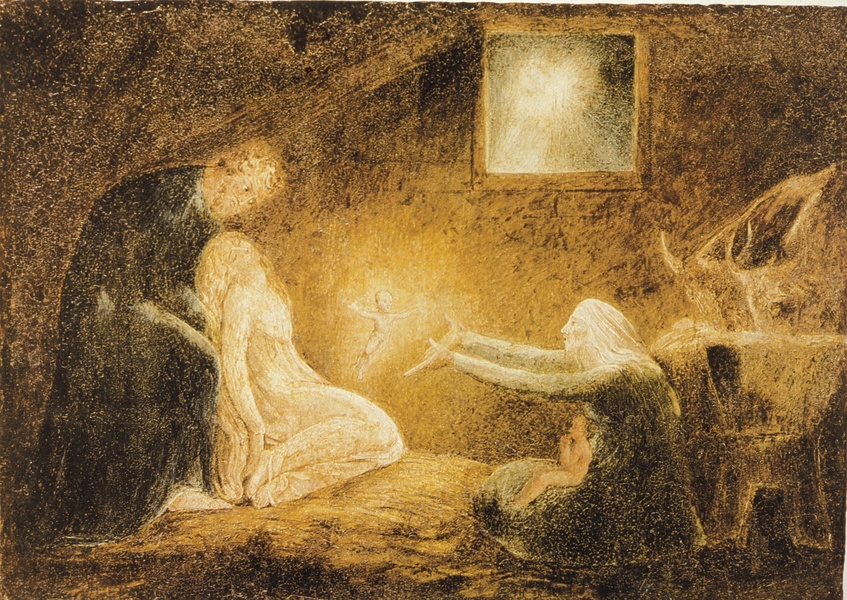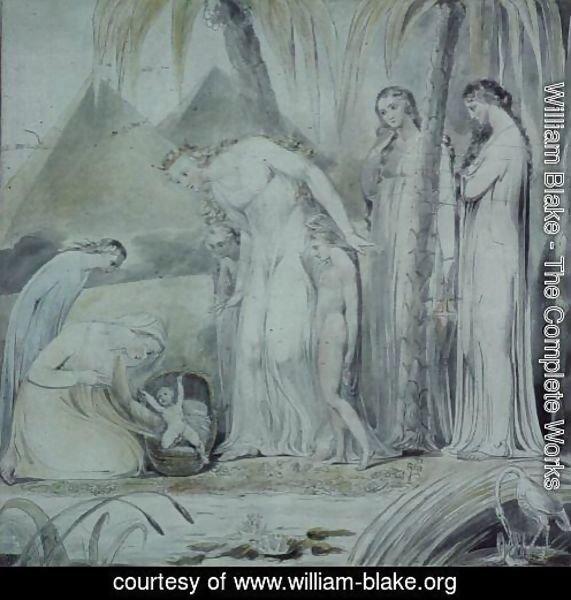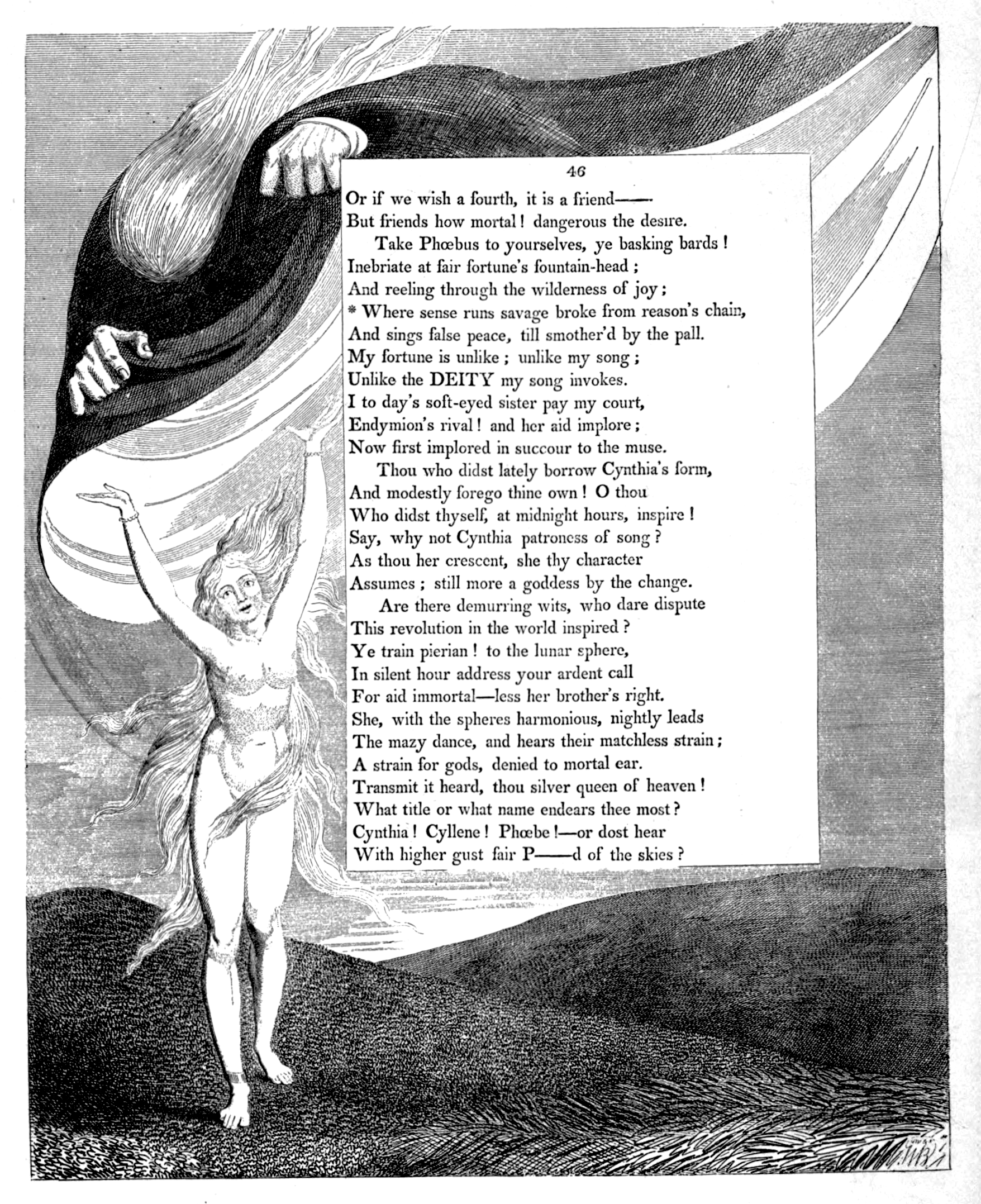Exodus 20
[18] And all the people saw the thunderings, and the lightnings, and the noise of the trumpet, and the mountain smoking: and when the people saw it, they removed, and stood afar off.
[19] And they said unto Moses, Speak thou with us, and we will hear: but let not God speak with us, lest we die.
[20] And Moses said unto the people, Fear not: for God is come to prove you, and that his fear may be before your faces, that ye sin not.
[21] And the people stood afar off, and Moses drew near unto the thick darkness where God was.
[22] And the LORD said unto Moses, Thus thou shalt say unto the children of Israel, Ye have seen that I have talked with you from heaven.
Exodus 24
[12] And the LORD said unto Moses, Come up to me into the mount, and be there: and I will give thee tables of stone, and a law, and commandments which I have written; that thou mayest teach them.
[13] And Moses rose up, and his minister Joshua: and Moses went up into the mount of God.
[14] And he said unto the elders, Tarry ye here for us, until we come again unto you: and, behold, Aaron and Hur are with you: if any man have any matters to do, let him come unto them.
[15] And Moses went up into the mount, and a cloud covered the mount.
[16] And the glory of the LORD abode upon mount Sinai, and the cloud covered it six days: and the seventh day he called unto Moses out of the midst of the cloud.
[17] And the sight of the glory of the LORD was like devouring fire on the top of the mount in the eyes of the children of Israel.
[18] And Moses went into the midst of the cloud, and gat him up into the mount: and Moses was in the mount forty days and forty nights. Exodus 32
[15] And Moses turned, and went down from the mount, and the two tables of the testimony were in his hand: the tables were written on both their sides; on the one side and on the other were they written.
[16] And the tables were the work of God, and the writing was the writing of God, graven upon the tables.
 God Writing upon the Tables of the Covenant
God Writing upon the Tables of the CovenantNational Galleries of Scotland
It is not the person Moses or the written law which Blake held in high regard, it is the fact that God works in and through men. Blake saw that Moses encountered God on the mountaintop and came away with an image of God which would further the psychological and spiritual development of man.
Marriage of Heaven & Hell, Plate 23, (E 43)
"if Jesus Christ is the
greatest man, you ought to love him in the greatest degree; now
hear how he has given his sanction to the law of ten
commandments: did he not mock at the sabbath, and so mock the
sabbaths God? murder those who were murderd because of him? turn
away the law from the woman taken in adultery? steal the labor of
others to support him? bear false witness when he omitted making
a defence before Pilate? covet when he pray'd for his disciples,
and when he bid them shake off the dust of their feet against
such as refused to lodge them? I tell you, no virtue can exist
without breaking these ten commandments: Jesus was all virtue,
and acted from impulse: not from rules."
Vision of the Last Judgment, (E 556)
"beneath the falling figure of Cain is Moses casting his tables of
stone into the Deeps. it ought to be understood that the Persons
Moses & Abraham are not here meant but the States Signified by
those Names the Individuals being representatives or Visions of
those States as they were reveald to Mortal Man in the Series of
Divine Revelations. as they are written in the Bible these
various States I have seen in my Imagination when distant they
appear as One Man but as you approach they appear
Multitudes of Nations."
Jerusalem, Plate 73, (E 228)
"And all the Kings & Nobles of the Earth & all their Glories
These are Created by Rahab & Tirzah in Ulro: but around
These, to preserve them from Eternal Death Los Creates
Adam Noah Abraham Moses Samuel David Ezekiel
Dissipating the rocky forms of Death, by his thunderous Hammer
As the Pilgrim passes while the Country permanent remains
So Men pass on: but States remain permanent for ever"
.




















